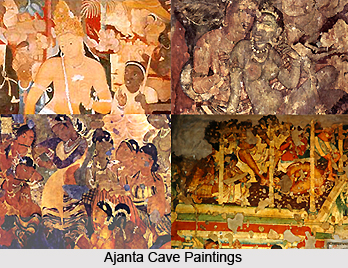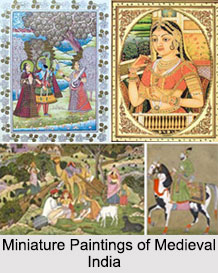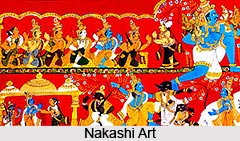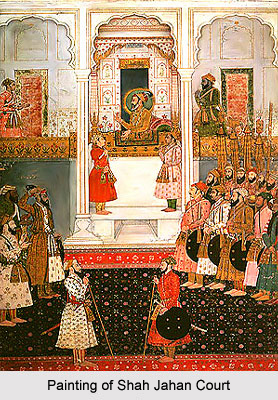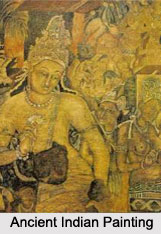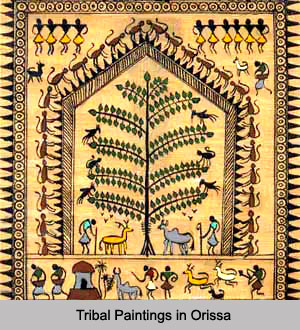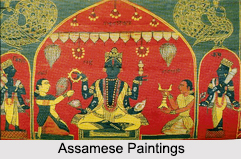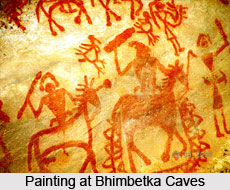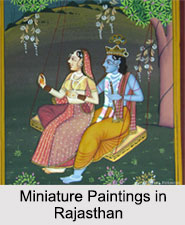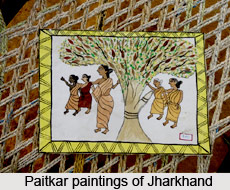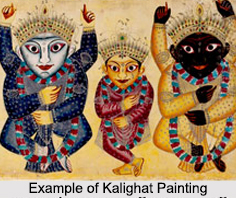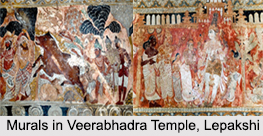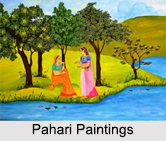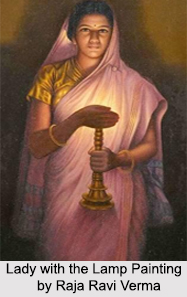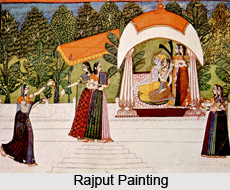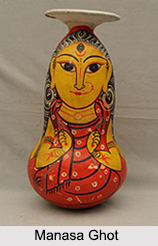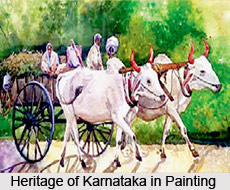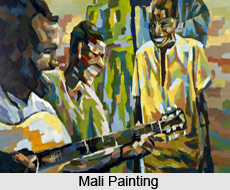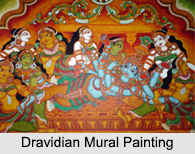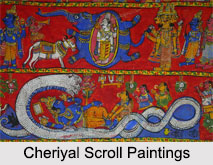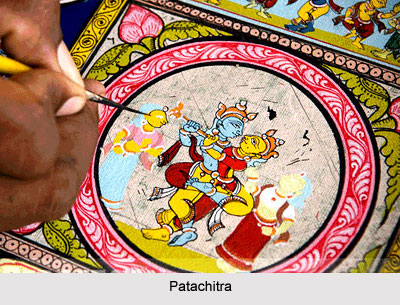 Patachitra, the folk painting of Odisha, has a history of great antiquity. Patachitra paintings exhibit the use of strong line and brilliant colors. These are religious paintings which cover themes and events from Indian mythology and Puranas and are mainly made on silk or on old cotton glued with paper. Patachitras are painted in a regular series like Dashavatar of Vishnu and activities of Lord Rama and Krishna. The Patachitra paintings have a basic resemblance to the old murals of Kalinga region dating back to 5th century B C. The best Patachitra paintings are found in and around Puri, especially in the village of Raghurajpur. The artists" colony, known as Chitrakar Sahi, is in the vicinity of the local temple.
Patachitra, the folk painting of Odisha, has a history of great antiquity. Patachitra paintings exhibit the use of strong line and brilliant colors. These are religious paintings which cover themes and events from Indian mythology and Puranas and are mainly made on silk or on old cotton glued with paper. Patachitras are painted in a regular series like Dashavatar of Vishnu and activities of Lord Rama and Krishna. The Patachitra paintings have a basic resemblance to the old murals of Kalinga region dating back to 5th century B C. The best Patachitra paintings are found in and around Puri, especially in the village of Raghurajpur. The artists" colony, known as Chitrakar Sahi, is in the vicinity of the local temple.
Art of Patachitra
Apart from the mythological stories, there are figures like a dancing girl or mother and child. The most popular Patachitra paintings are the figures of Jagannath, the crowned God of Puri with Brother Balaram and Devi Subhadra. Many scenes are however from the life of Krishna. Krishna dancing with gopis and playing various pranks on his playmates charging the environment with an air of mischief are the favourite ones. The eternal idol of Radha and Krishna set in a riot of exhilarating colours assail the eyes with vivid red, orange, yellow for the background and lapis lazuli for the sky, dark green for dense brooding trees, and parrot green for the grass. Against this glowing background is blue figure of Krishna and a whole host of shades are Krishna`s playmates, touched off by gold and silver brushing. For an important occasion, there will be sumptuous elephants surrounded by mangal ghats (sacred vessels), gaily painted with trees, creepers, leaves, flowers, animals etc.
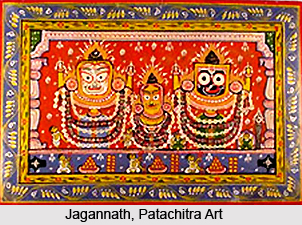 Procedure of Patachitra Painting
Procedure of Patachitra Painting
The folk paintings or Patachitras are done on cloth which the artists prepare themselves by coating it with a mixture of chalk and gum made from tamarind seeds to give the surface a leather like texture on which the artists paint with colours. In Patachitra, painting is done by brushes with a mixture of clay and powder from a stone rich in iron - oxide, or by incising and cutting a pattern on the raw pottery using comb.
Palm Leaf Patachitra
Palm leaf Patachitra, known as Tala Pattachitra in Oriya language, is drawn on palm leaf. First, palm leaves are left for being dried up, then these are woven together to form like a canvas. Often palm-leaf illustrations are more elaborated.
Colours Used for Patachitra
The painters of Patachitra use vegetable and mineral colours, they prepare their own colours. White colour is made from the conch-shells by powdering, boiling and filtering it. `Hingula`, a mineral colour, is used for red. Haritala is for yellow and Ramaraja is used for blue. Black is prepared from burning coconut shells.
